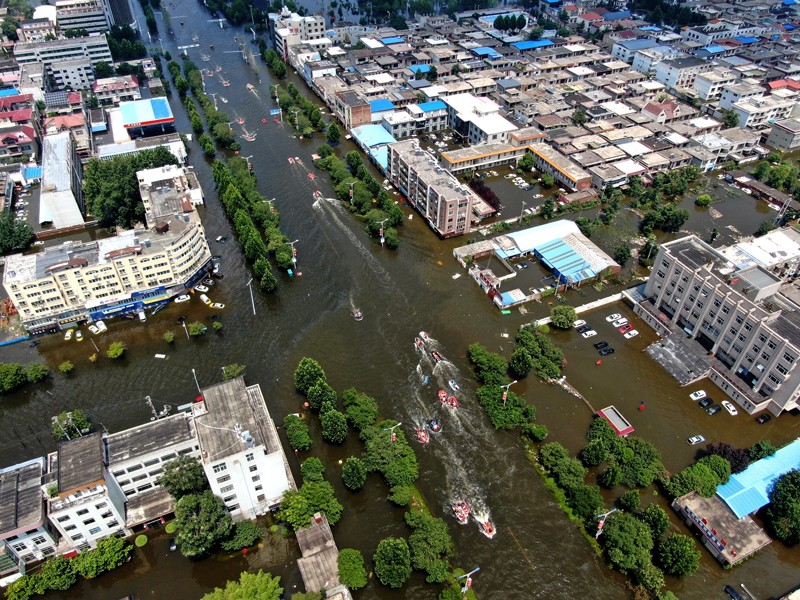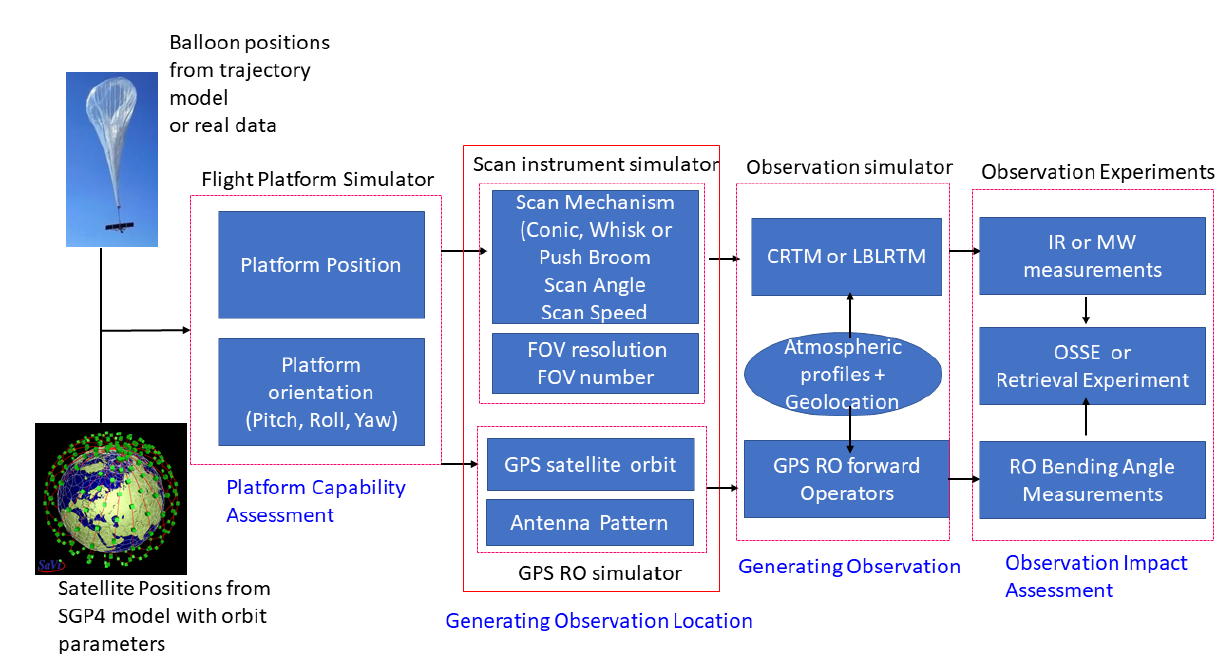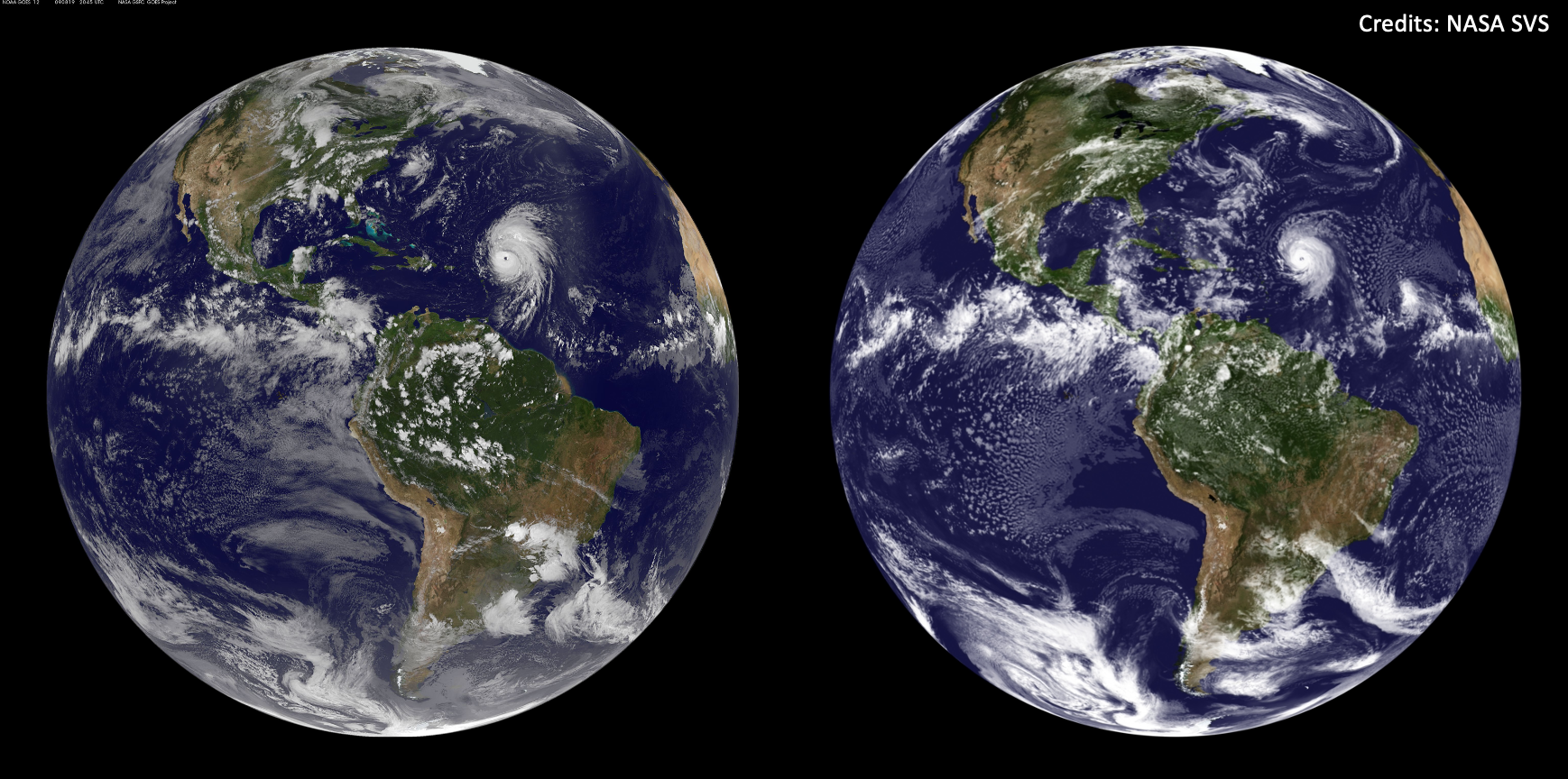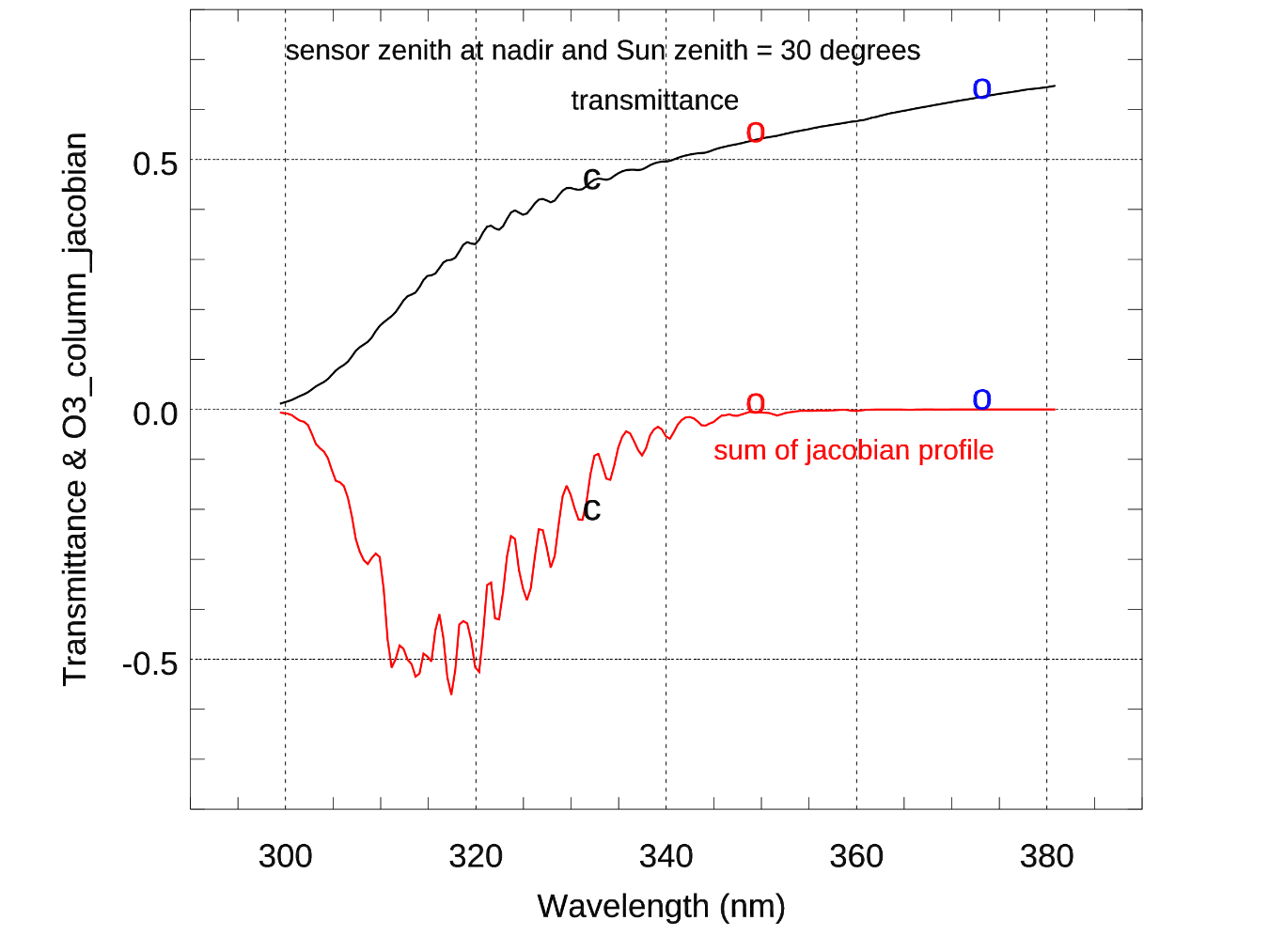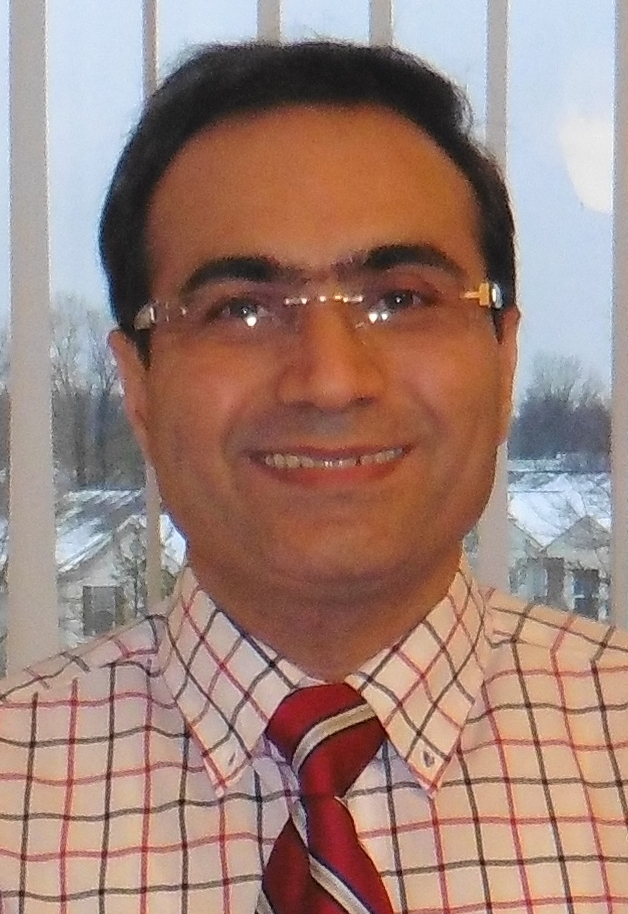
Congratulations to Isaac Moradi, Newly Elected Member of the University State Senate
ESSIC/CISESS Research Scientist Isaac Moradi has been elected to the University State Senate as one of the Professional-Track Faculty members. The University Senate, composed of faculty, staff, students, and administrators, is one of the largest and most influential governing bodies at the University of Maryland. As a member of the senate, Moradi will help advise the University President on campus policy matters and concerns, including education, budget, personnel, campus-community, long range plans, facilities, and faculty, staff and student affairs.


